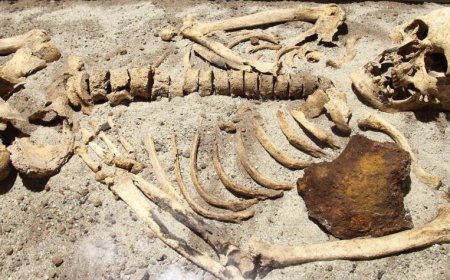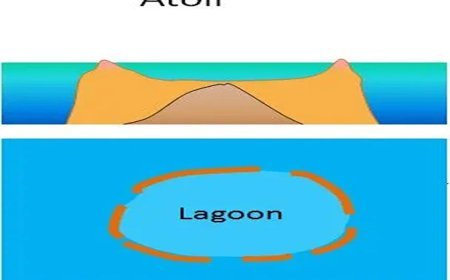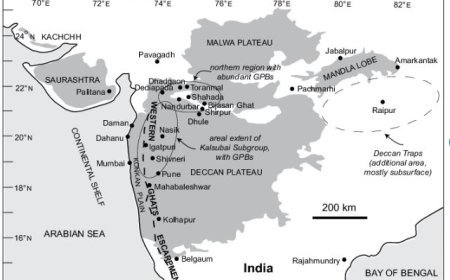SEISMIC STRATIGRAPHY
Discover the technique of seismic stratigraphy, which uses seismic data to image the subsurface. Learn about its applications in understanding Earth's geological structure.

SEISMIC STRATIGRAPHY
- The study of stratified rock formations using seismic reflection data, known as seismic stratigraphy, is a potent method for deciphering the history of the Earth.
- By providing a holistic perspective on subsurface structures, sedimentary environments, and historical geological processes, it surpasses conventional approaches.
The fundamental principles of seismic stratigraphy are:
- Data on seismic reflection: An essential foundation of seismic stratigraphy is the examination of seismic reflection profiles, which are produced by transmitting sound waves into the Earth and capturing the resulting echoes.
- The presented profiles provide insights into the spatial arrangement and form of subsurface reflections, which align with the demarcations between rock blocks exhibiting divergent mechanical characteristics.
- Seismic Factors: Seismic facies refer to unique patterns that are detected on seismic reflection profiles, which indicate differences in the environment where deposits occurred and the properties of the associated rocks.
- The patterns can be classified according to their configuration (e.g., continuous, chaotic, lenticular), magnitude (high, low, variable), and frequency composition (high, low, complicated).
- Seismic sequences refer to collections of sedimentary layers that are delineated by unconformities, such as surfaces resulting from erosion or non-deposition.
- The presence of these unconformities indicates substantial alterations in the depositional environment, which can be attributed to variations in sea level, tectonic activity, or temperature.
Divisions within the field of seismic stratigraphy
- Seismic Sequence Stratigraphy
- The primary objective of this branch is to identify and understand seismic sequences, with a specific emphasis on investigating their correlation with global sea level fluctuations and regional plate dynamics.
- Sequence boundaries are structural features that separate seismic sequences, revealing episodes of erosion, the absence of deposition, or substantial changes in depositional settings.
- System tracts are separate groupings of sedimentary habitats and depositional processes within a sequence that reflect specific phases of the whole sedimentary cycle.
- Transgressive-regressive cycles: Seismic sequences frequently display a repeating pattern of transgression (increase in sea level) followed by regression (decrease in sea level), which reflects the interaction of tectonic uplift, subsidence, and global sea level fluctuations.
- Seismic geomorphology is the systematic study of landforms and geological structures through the analysis of seismic data.
1. Channel Morphology: The geometric and distributional characteristics of ancient river channels, undersea canyons, and other erosional structures can be elucidated using seismic data.
Depositional fans: fan-shaped deposits, such as alluvial fans, may be characterized by mapping their geometries using seismic data, therefore offering valuable insights into past depositional settings.
Tectonic Structures: Seismic data is of great use in the identification of faults, folds, and other structural indicators, therefore offering essential insights into the geological history of a given region.
Recent progress in the field of seismic stratigraphy
- The incorporation of 3D seismic data has significantly transformed the field of seismic interpretation by offering a comprehensive comprehension of underlying structures and their interconnections.
- Advanced seismic attribute analysis techniques enable the extraction of several parameters, including amplitude, phase, and frequency, from seismic data.
- These characteristics can assist in the identification of certain lithologies and geological features.
- Geostatistical integration refers to the process of reconciling seismic data with other geological information, such as well logs and core samples, in order to get a more thorough and precise understanding of subsurface geology.
What's Your Reaction?



































